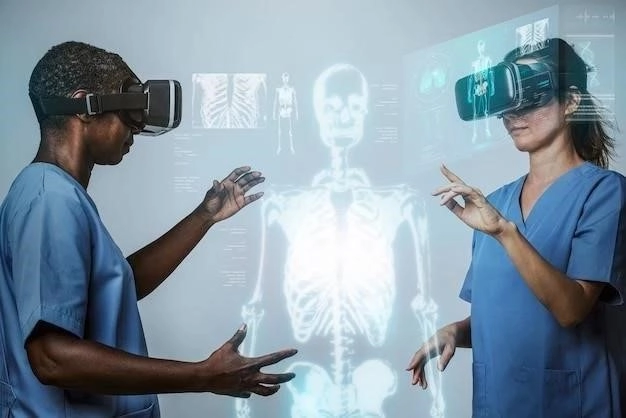The United States and the Future of Healthcare
The US healthcare industry faces a dynamic future, with a rapidly growing market driven by technological advancements, evolving care models, and an increasing need for data-driven solutions.
Financial Sustainability and Economic Challenges
The US healthcare system faces significant financial sustainability and economic challenges. Rising healthcare costs, driven by factors such as technological advancements, an aging population, and administrative complexities, continue to strain the system. Health systems are experiencing financial headwinds, with expenses often exceeding revenue growth. The shift towards value-based care models, while aiming to improve quality and efficiency, also presents financial challenges as providers adapt to new payment and care delivery models. Furthermore, workforce shortages, particularly in nursing and other critical areas, contribute to increased labor costs and financial strain. Addressing these economic challenges requires innovative approaches to cost containment, payment reform, and workforce development to ensure the long-term financial sustainability of the US healthcare system. Policymakers, payers, and providers must collaborate to develop and implement sustainable solutions that balance cost control with continued access to high-quality care.

Technological Advancements and their Impact

The US healthcare landscape is undergoing a profound transformation driven by rapid technological advancements. Telehealth has emerged as a transformative force, expanding access to care, particularly in underserved areas, and improving patient convenience. Artificial intelligence (AI) and machine learning are revolutionizing diagnostics, treatment planning, and drug discovery, holding the potential to enhance efficiency and precision in healthcare delivery. The increasing adoption of electronic health records (EHRs) facilitates data sharing and interoperability, enabling more coordinated and patient-centered care. However, these technological advancements also present challenges, including concerns about data privacy and security, the need for robust cybersecurity infrastructure, and the equitable distribution of technological resources to ensure all populations benefit from these innovations. Successfully integrating these advancements while addressing potential challenges will be crucial to shaping a more efficient, patient-centered, and technologically advanced US healthcare system.

Workforce Dynamics and the Healthcare Labor Market

The US healthcare workforce faces significant challenges and transformations. The industry is grappling with a growing shortage of healthcare professionals, particularly in nursing, primary care, and specialty fields. This shortage is driven by factors such as an aging population, increasing demand for healthcare services, and a wave of retirements among healthcare workers. The COVID-19 pandemic has further exacerbated these challenges, leading to burnout, stress, and attrition among healthcare professionals. Addressing these workforce dynamics requires comprehensive strategies, including expanding training and education programs, streamlining licensing and certification processes, and implementing innovative workforce models that optimize the use of healthcare professionals’ skills. Moreover, creating supportive and rewarding work environments that prioritize the well-being of healthcare providers is essential to attract and retain a robust and dedicated workforce.

Evolving Models of Care Delivery
The US healthcare system is experiencing a shift towards more patient-centered and value-based care delivery models. Traditional fee-for-service models are giving way to alternative payment models that incentivize quality, efficiency, and improved outcomes. Accountable care organizations (ACOs) and other integrated care models are fostering collaboration among providers to deliver more coordinated and holistic care. Furthermore, the rise of telehealth and remote patient monitoring is expanding access to care and enabling more convenient and patient-centered care delivery. These evolving models of care delivery aim to improve the patient experience, enhance care coordination, and address the growing demand for healthcare services while managing costs. As the healthcare landscape continues to evolve, embracing innovative care delivery models will be essential to meeting the changing needs of the US population and ensuring a more sustainable and patient-centered healthcare system.

Regulatory Landscape and Policy Considerations
The regulatory landscape for US healthcare is complex and constantly evolving, shaping the delivery and financing of care. Policymakers face the challenge of balancing competing priorities, such as expanding access to care, controlling costs, and fostering innovation. The Affordable Care Act (ACA) has significantly impacted the healthcare system, expanding insurance coverage and introducing various reforms. Ongoing debates and potential policy changes related to drug pricing, Medicare and Medicaid funding, and telehealth regulations continue to shape the industry. Navigating this complex regulatory landscape requires healthcare stakeholders to stay abreast of policy changes, engage in advocacy efforts, and adapt their strategies to ensure compliance and optimize operations within the evolving policy environment. The future of US healthcare will be significantly influenced by policy decisions aimed at addressing the challenges of affordability, access, and quality of care.











